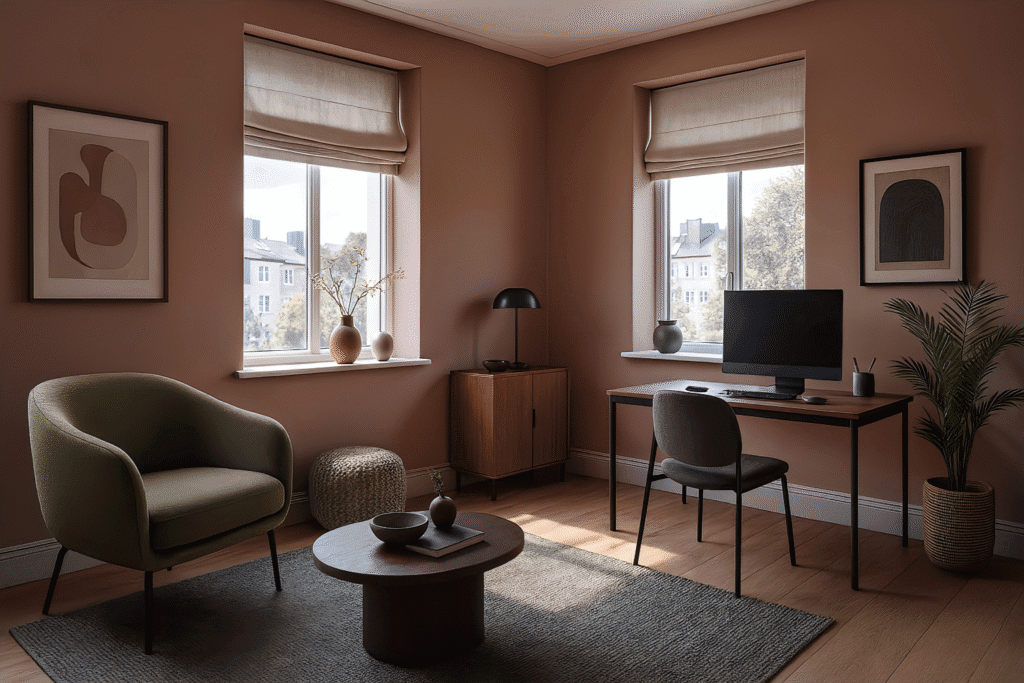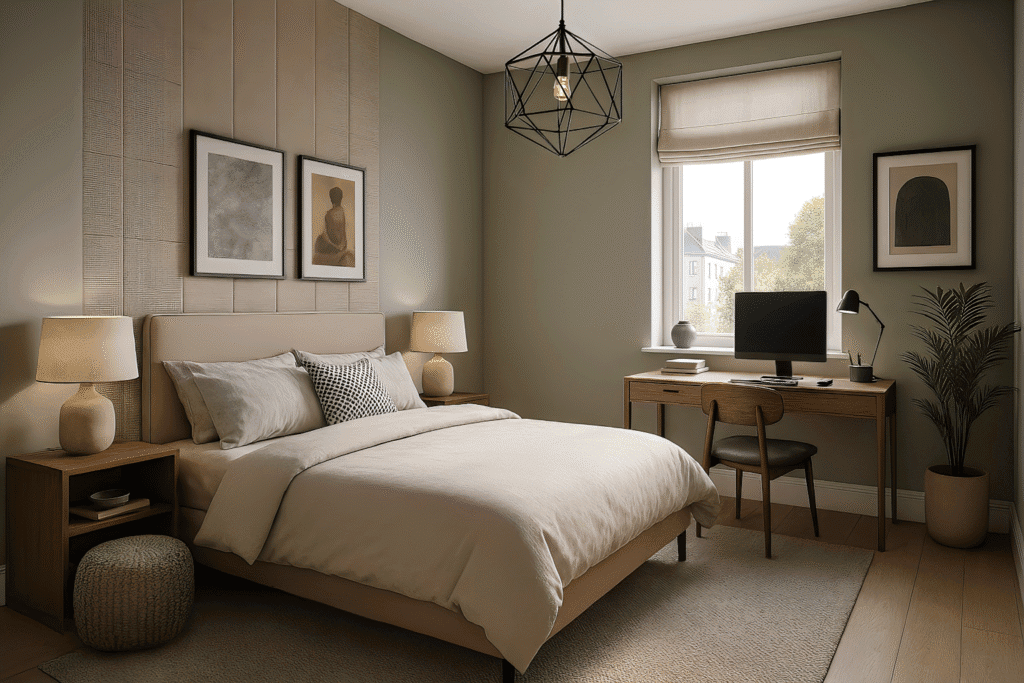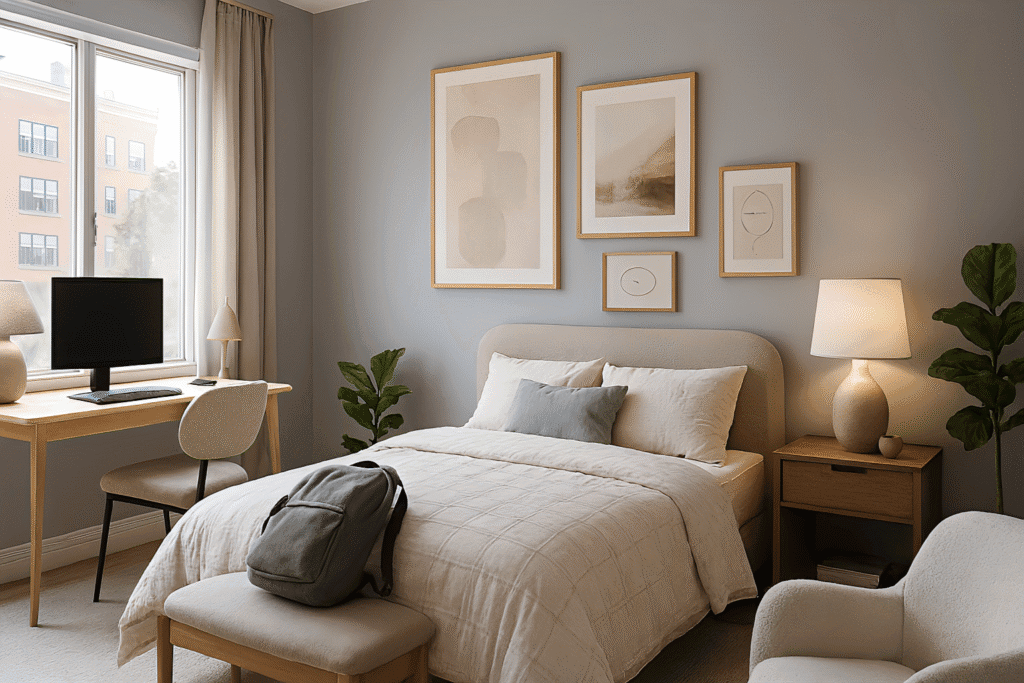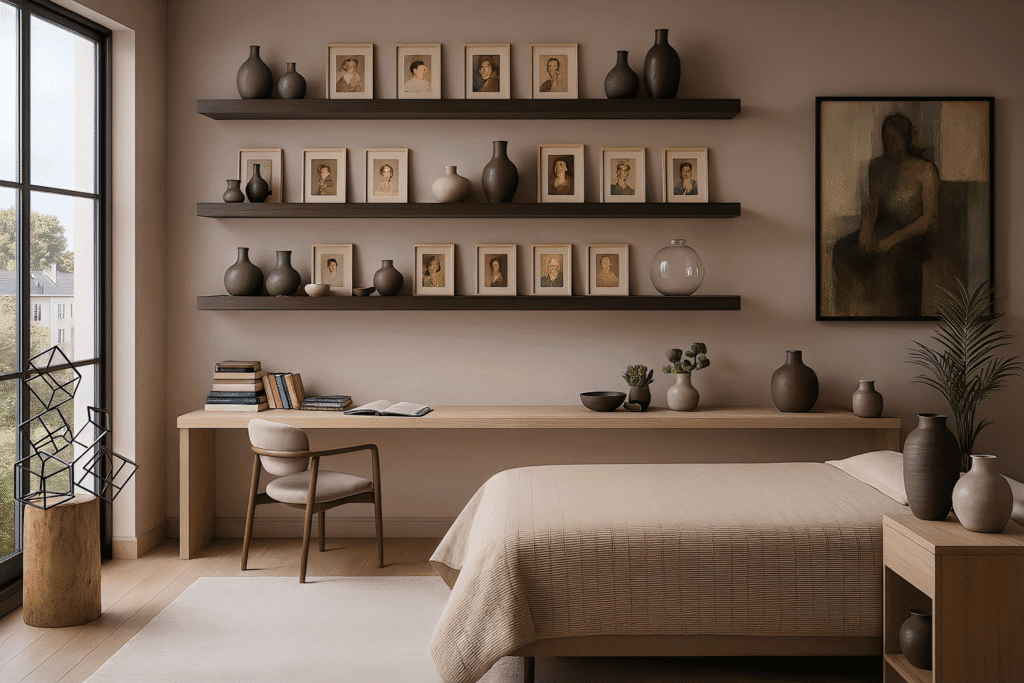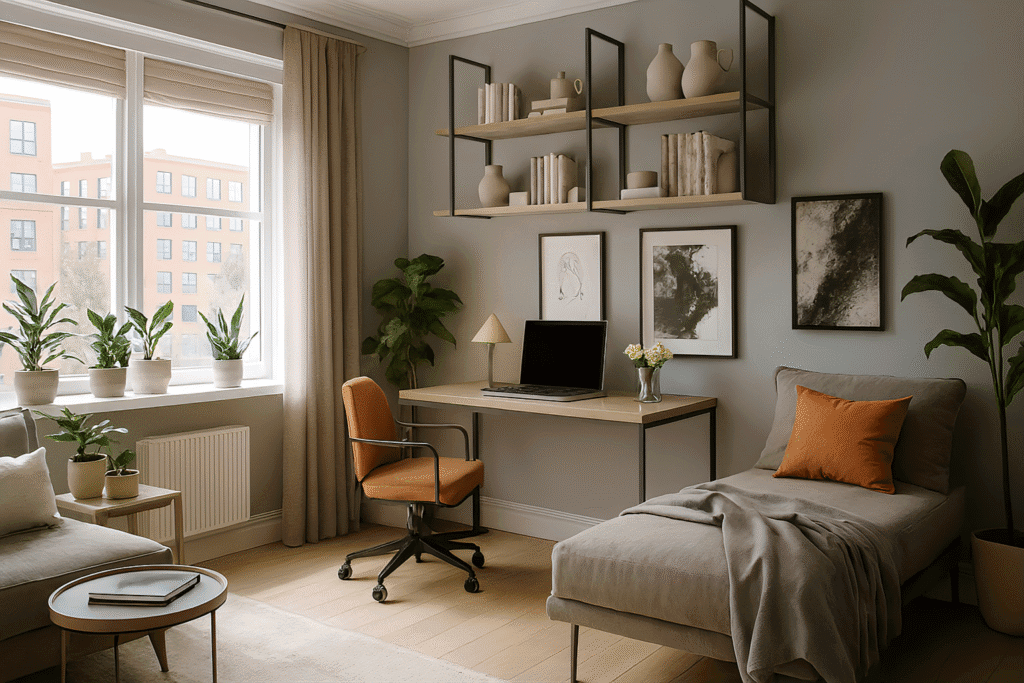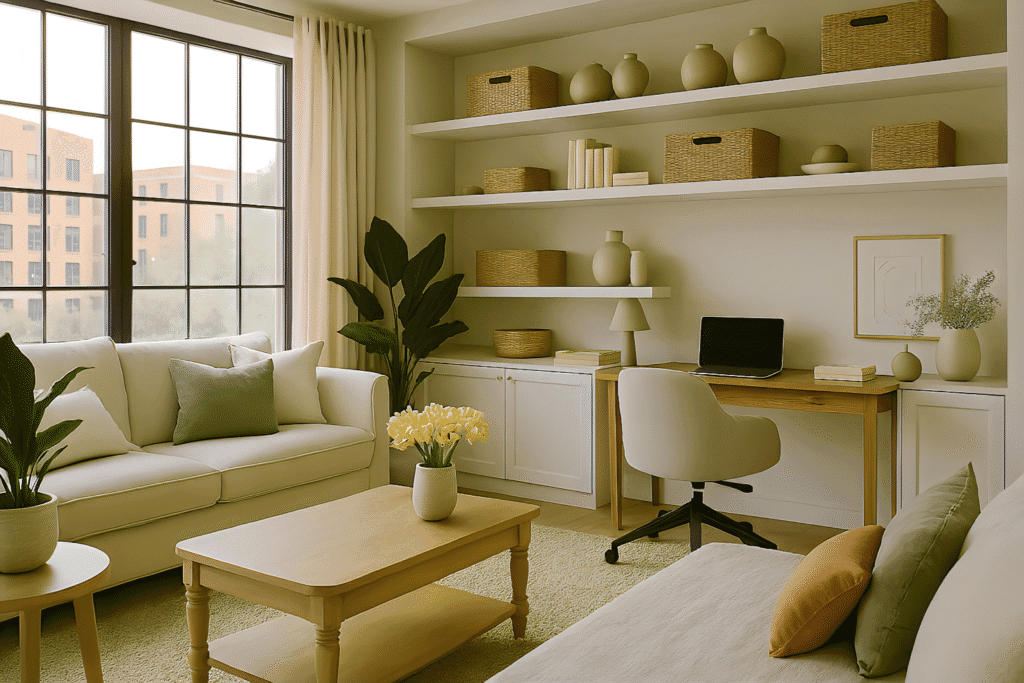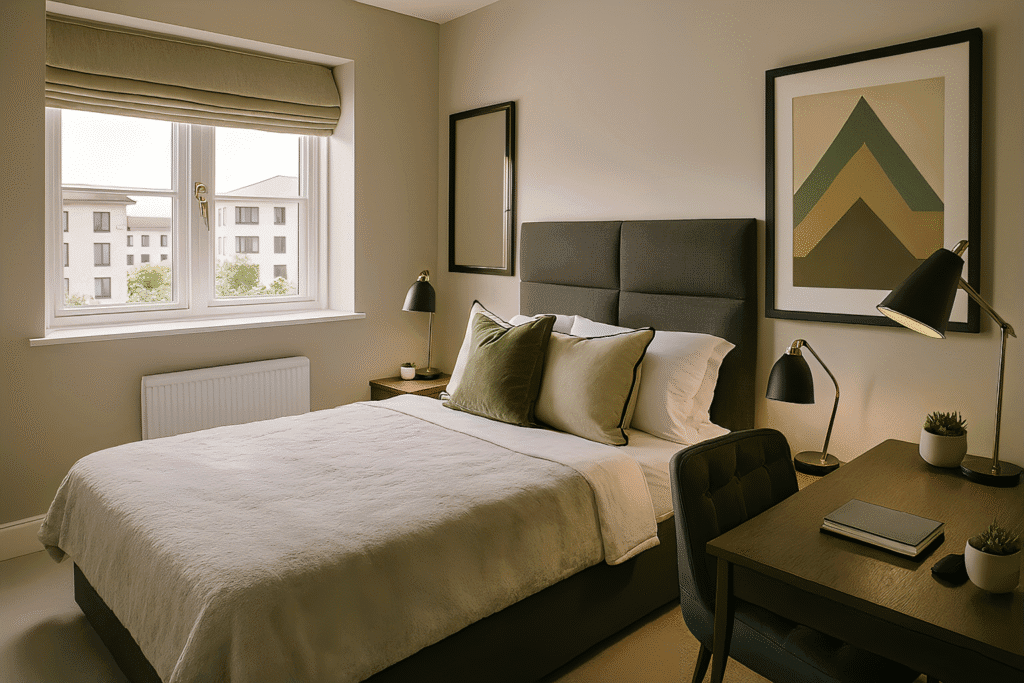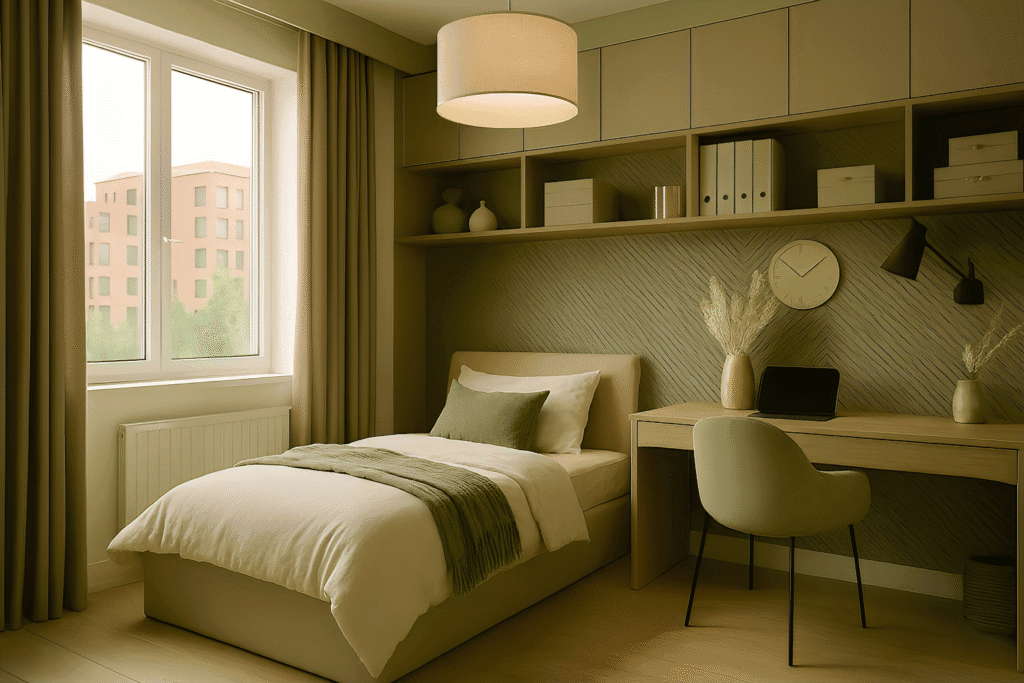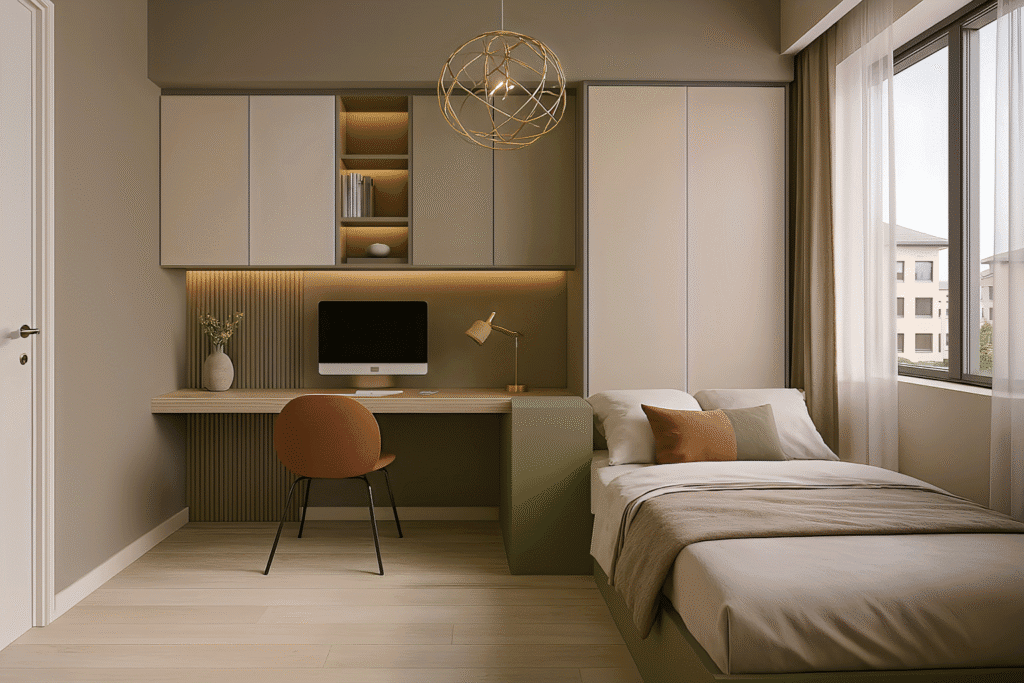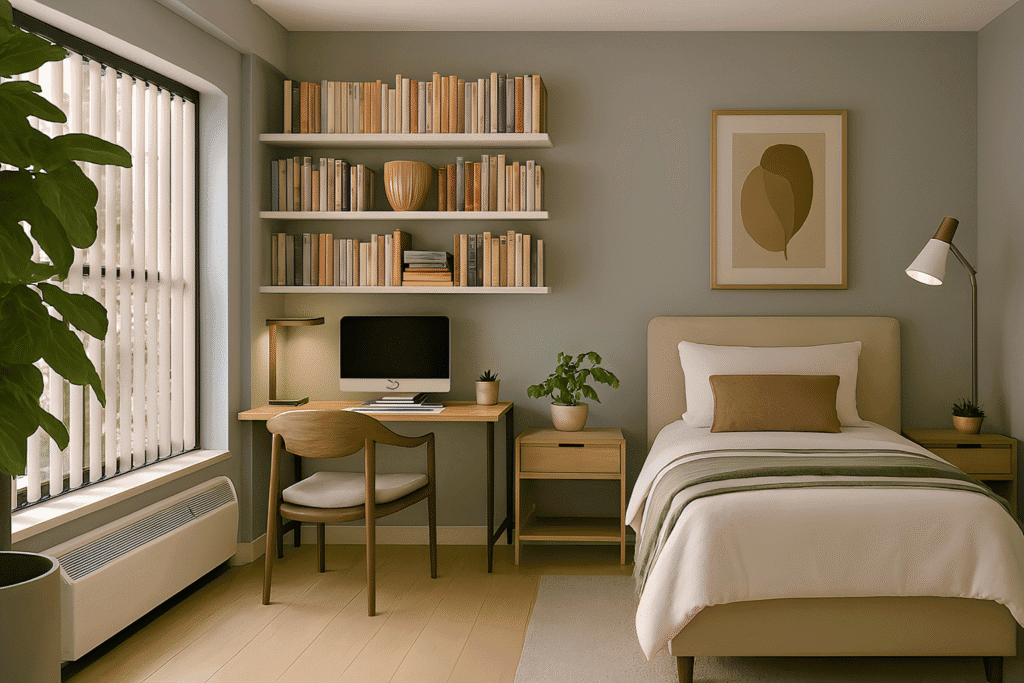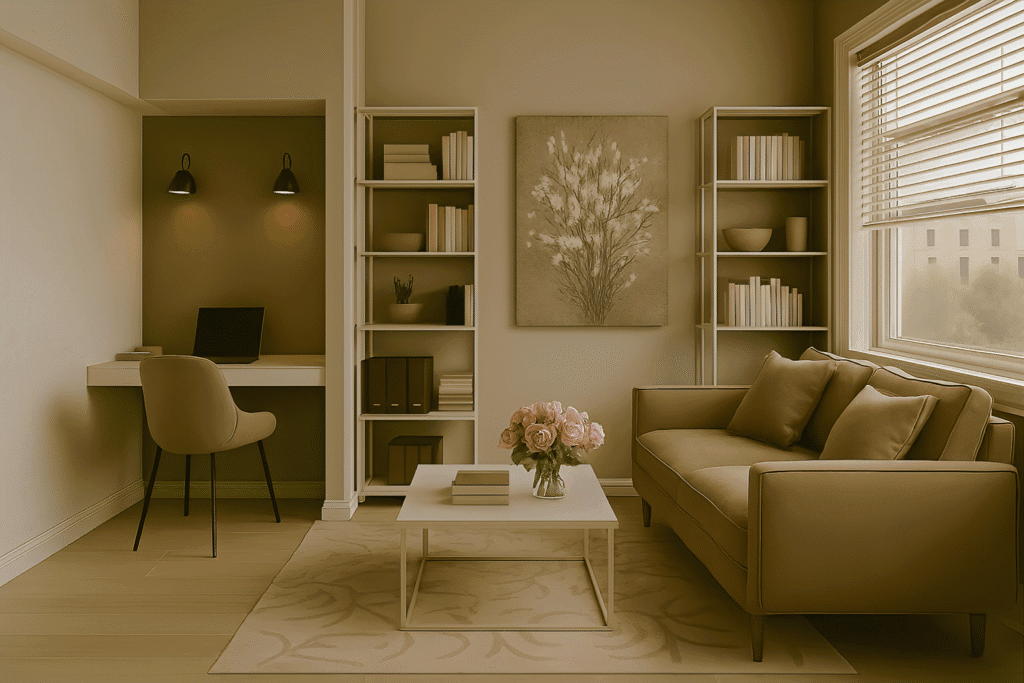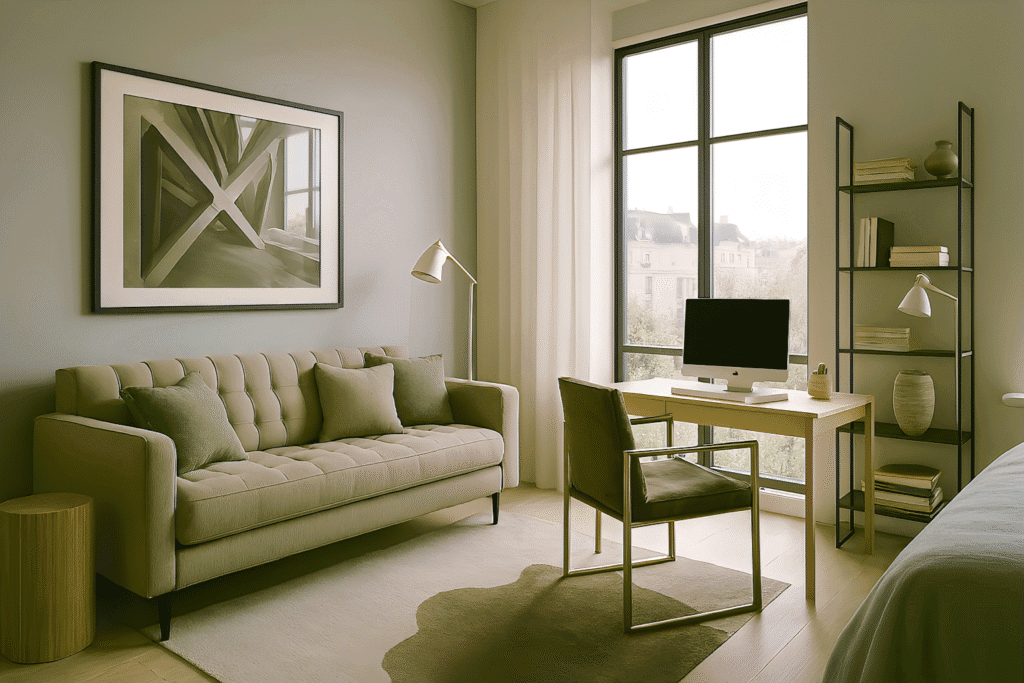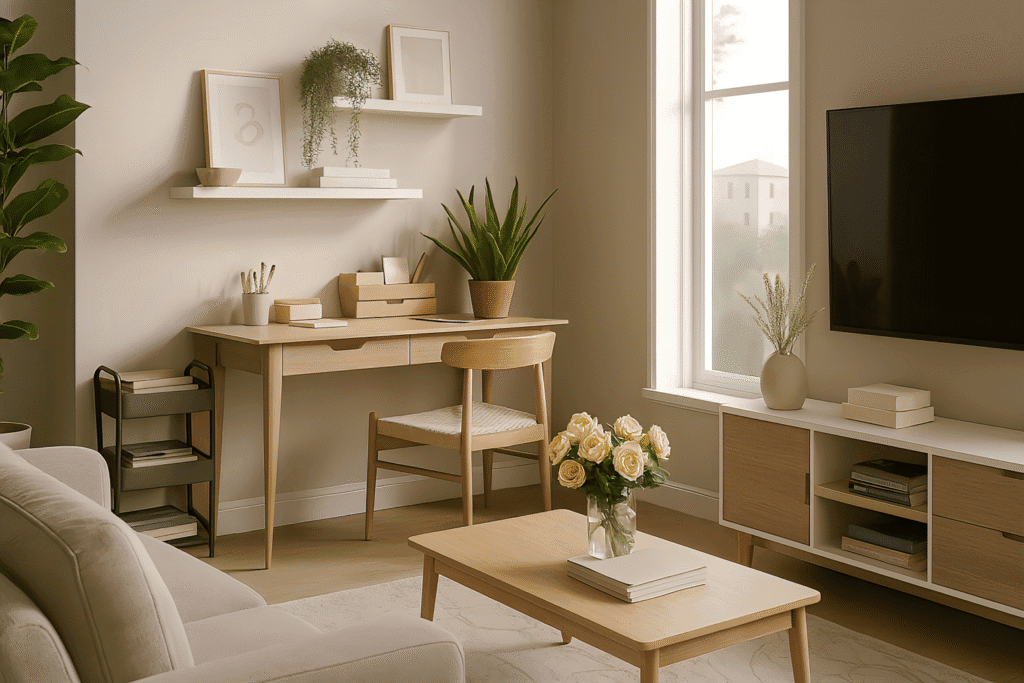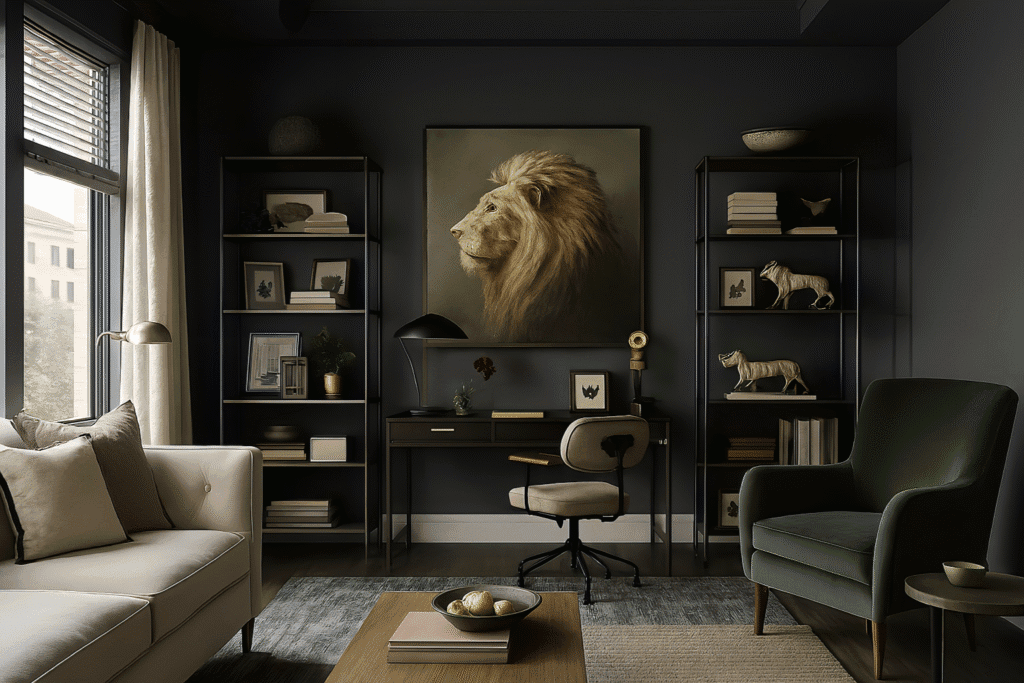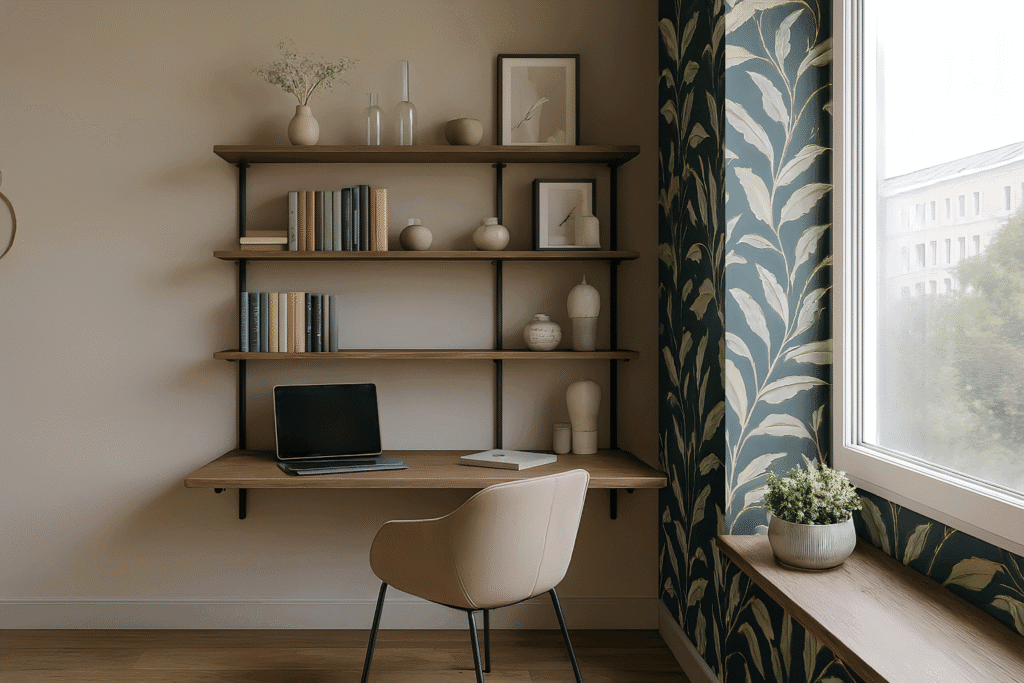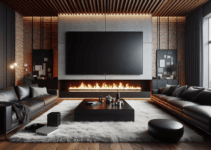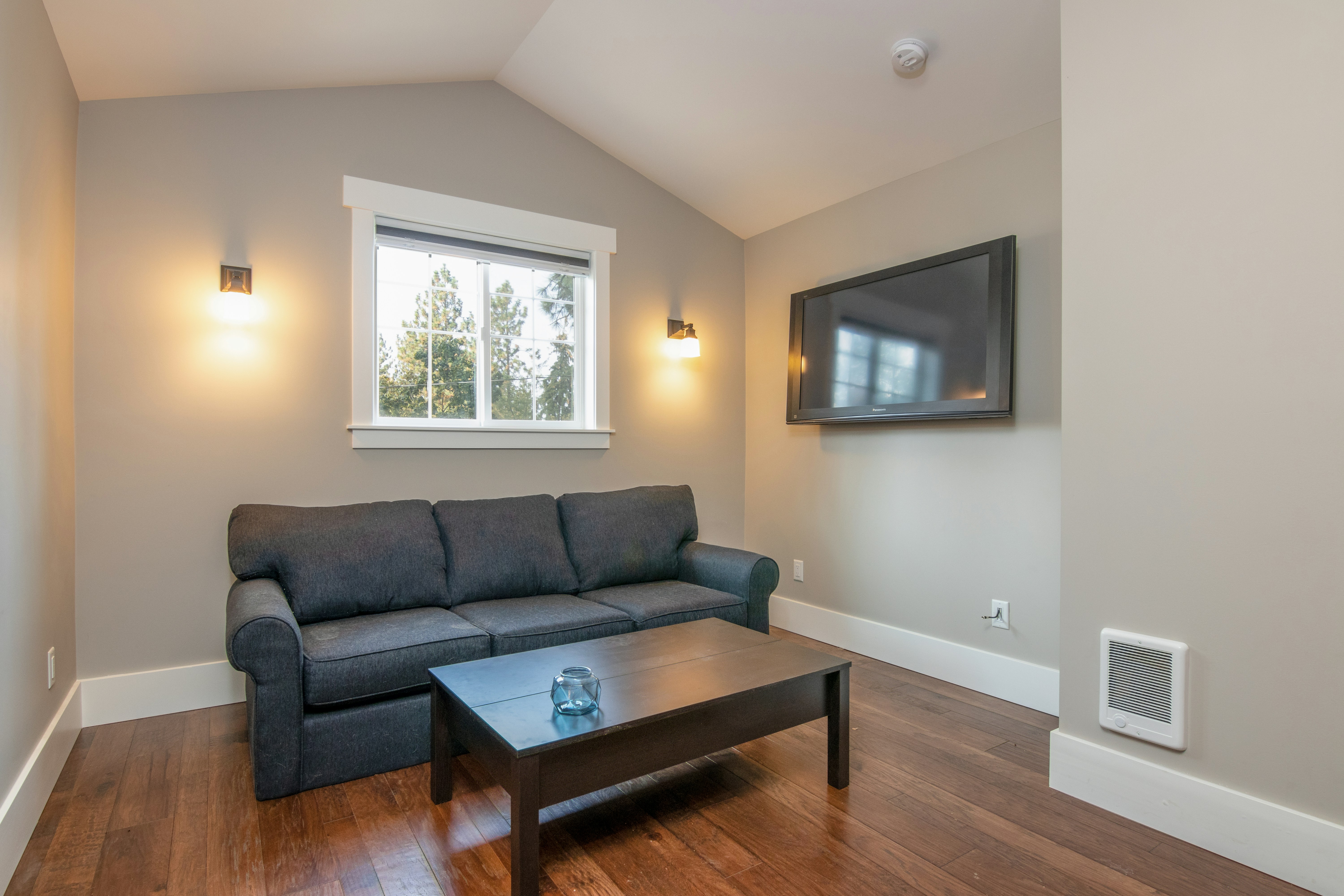Explore the innovative concept of dual-purpose design in small-space living. Discover how multifunctional furniture transforms compact areas into stylish, versatile environments. From smart solutions like modular sofas to creative decoration tips, learn to maximize your space without sacrificing aesthetic appeal. Embrace the philosophy of ‘less is more’ and revolutionize your living area with practical design strategies that enhance functionality and beauty, making the most of every square foot in your home.
Introduction to Dual-Purpose Design
In recent years, the concept of dual-purpose design has gained considerable traction, particularly within the context of small-space living. As urban centers expand and housing prices soar, there is a growing need for innovative solutions that cater to the requirements of modern dwellers. Dual-purpose design encapsulates the idea of creating multifunctional spaces that seamlessly integrate various activities within limited square footage. This thoughtful approach not only enhances functionality but also promotes a sense of harmony in compact environments.
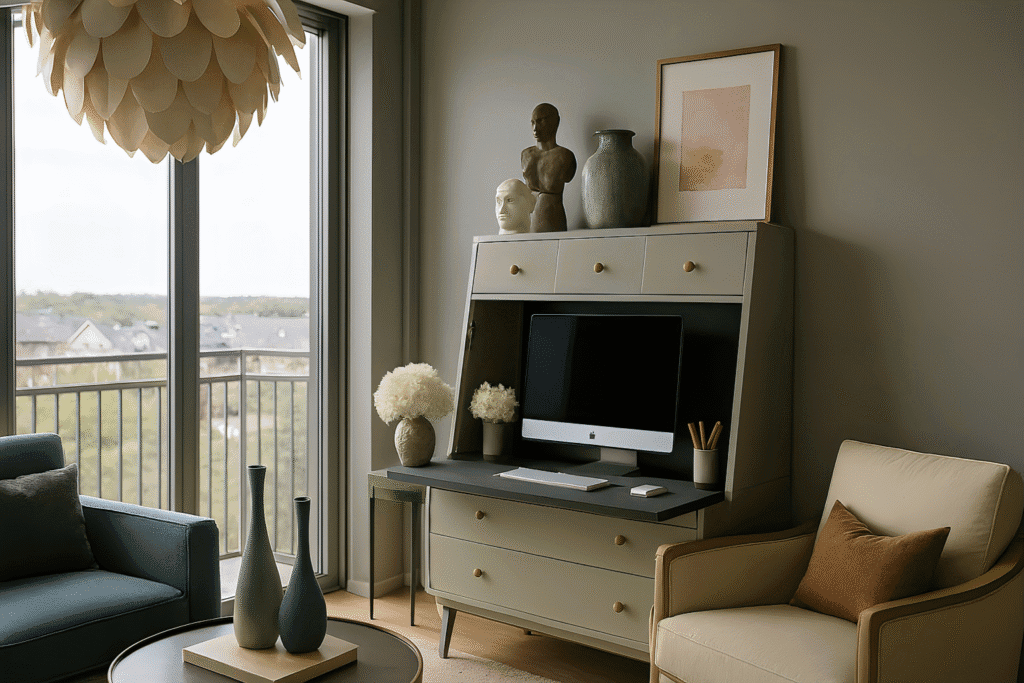
The increasing adoption of multifunctional furniture is a testament to this trend. Rather than acquiring separate pieces for distinct tasks, contemporary individuals are gravitating toward designs that serve multiple roles, such as a sofa that transforms into a bed or a coffee table that doubles as a workspace. These innovative furnishings allow residents to maximize their living areas while maintaining a sense of aesthetic appeal, perfectly aligning with the fast-paced lifestyle of urban inhabitants.
Please read our article watch the newly uploaded video from our YouTube channel:
“Grig Stamate – Interior Design Solutions”
https://www.youtube.com/@GrigStamate
Dual-Purpose Design: Smart Workspaces for Small-Space Living (video)
Here, you can see other related videos from our channel:
Cozy Yet Striking: The New Language of Urban Living (video)
Minimalist Living Rooms | 55 Stylish and Functional Top Design Ideas (video)
Moreover, dual-purpose design encourages a re-evaluation of our everyday habits and the spaces we inhabit. For instance, a small apartment can become a versatile haven where individuals can work, relax, and socialize, all within a unified space. The efficiency of this design approach not only caters to the practicalities of living in smaller areas but also fosters creativity, motivating residents to explore new possibilities for their surroundings.
In its essence, dual-purpose design thrives on the philosophy of ‘less is more.’ By choosing to implement multifunctional furniture and intelligently planned layouts, homeowners and renters can transform their compact spaces into welcoming environments that suit their versatile lifestyles. This comprehensive exploration of dual-purpose design underscores its significance in today’s urban landscape and invites readers to consider how such principles can be applied in their own limited spaces.
Spotlight on Smart Furniture: The Key to Functionality
As urban living spaces shrink, smart furniture has emerged as an essential component of dual-purpose design, catering to the needs of individuals seeking both style and efficiency. Smart furniture encompasses a variety of innovative design pieces that can transform to serve multiple functions, allowing homeowners to maximize their limited space without sacrificing aesthetic appeal. This form of furniture goes beyond traditional designs by incorporating technology and versatility, resulting in attractive solutions for small apartments.
One notable category of smart furniture is modular seating. Modular sofas, for example, can be easily reconfigured to suit different layouts or occasions, providing comfort while adapting to changing needs. Some designs include additional features, such as built-in storage compartments, addressing the age-old challenge of clutter in small living spaces. By selecting modular options, residents can customize their environment according to various activities, from relaxation to social gatherings.
Another significant element of smart furniture is convertible pieces, such as sofa beds and extendable dining tables. Pull-out sofa beds offer a compact solution for overnight guests, while extending dining tables can accommodate larger gatherings, enabling seamless transitions between day-to-day functionality and social events. These designs encourage homeowners to consider not only the immediate functionality of their furniture but also its long-term viability in evolving lifestyles.
Moreover, smart furniture manufacturers are increasingly focused on incorporating sustainable materials and smart technologies into their designs. This commitment fortifies the sustained relevance of their products in eco-conscious lifestyles, appealing to a demographic that prioritizes environmental responsibility without compromising on style.
Ultimately, when selecting furniture for small-space living, individuals should critically assess how well each piece accommodates their day-to-day activities. Embracing smart furniture allows for a harmonious blend of function and design, making the most of any living environment.
Creative Solutions for Design and Decoration
When living in small spaces, particularly in multifunctional environments, strategic decoration and design become paramount in maximizing both utility and aesthetics. One of the first considerations is furniture placement. Opt for furniture that serves multiple purposes, such as a sofa bed or a coffee table with hidden storage. This type of furniture not only saves space but also ensures that every piece has a functional role within the space. Additionally, employing a layout that enhances flow, and accessibility can make even the most compact areas feel more open and inviting.
Color schemes also play a vital role in small-space design. Lighter colors can create an illusion of spaciousness, while darker hues can be used to establish warmth and coziness. A balanced approach, combining an overarching light palette with accent walls or decorative elements in deeper shades, offers a visually appealing contrast that still feels spacious. Furthermore, the use of mirrors as decorative elements can reflect light and create the illusion of depth, thereby enhancing the overall ambience of small rooms.
Another essential design consideration is the integration of decorative choices that resonate with personal style. Wall art, plants, and textural accents can transform a standardized workspace into a unique space that reflects one’s personality. For instance, a well-placed shelf with succulents and framed pictures brings life to a small office area while promoting productivity. Real-life examples, such as a living room that incorporates a fold-down desk or a bedroom designed with under-bed storage, vividly illustrate how blending aesthetics with practical solutions fosters a harmonious environment.
By combining these elements thoughtfully, small-space living can transcend into a dual-purpose area that is both functional and visually pleasing. The key lies in recognizing that design does not have to compromise on either functionality or beauty; instead, it can harmoniously blend both to create the ideal workspace in your home.
Your Small-Space Revolution: Getting Started
Transforming your living area into a functional yet stylish space is essential, especially in today’s urban environment where square footage is often limited. To initiate your small-space revolution, it is important to assess your personal needs and preferences. Begin by identifying which activities take up most of your time at home. For instance, do you work remotely, or do you require a dedicated area for hobbies? Understanding your lifestyle will provide clarity on how to allocate space effectively.
Next, evaluate the layout of your existing space. Take detailed measurements and note areas that may be underutilized, such as corners, or nooks. This way, you can create a customized design where every inch serves a purpose. Consider employing dual-purpose furniture, such as murphy beds, convertible sofas, or tables with built-in storage. These design elements can offer flexibility, allowing you to transition from work to leisure seamlessly.
Planning is crucial in this transformation journey. Sketch a rough layout or use digital design tools to visualize your ideas. Focus on creating an inviting ambiance by selecting a cohesive color palette and incorporating appropriate lighting solutions. Natural light should be maximized, as it can visually expand your small space. Furthermore, the right accessories can enhance the overall aesthetic, so consider adding plants for a touch of nature or mirrors to create an illusion of depth.
Your journey towards a well-designed small-space living arrangement can also benefit from engaging with others. Share your experiences and ideas within a community focused on dual-purpose designs. By exchanging tips and encouragement with like-minded individuals, you may find new inspiration and innovative solutions to common challenges. Taking these initial steps will set you on a path towards enjoying both functionality and beauty in your small home.
Other related posts from our website:
Let’s see here, three of them:
https://howtobuildahouseblog.com/no-room-no-problem-mind-blowing-studio-layout-ideas/
https://howtobuildahouseblog.com/nordic-magic-50-cozy-dreamy-apartments-youll-love-2/
https://howtobuildahouseblog.com/good-plants-for-the-balcony-transform-your-outdoor-space/
Thank you so much for your attention.
We also sincerely hope you like our ideas from this post, and you have also enjoyed our uploaded YouTube video.
See you next time at another article. Thank you so much for your time. Bye now!
